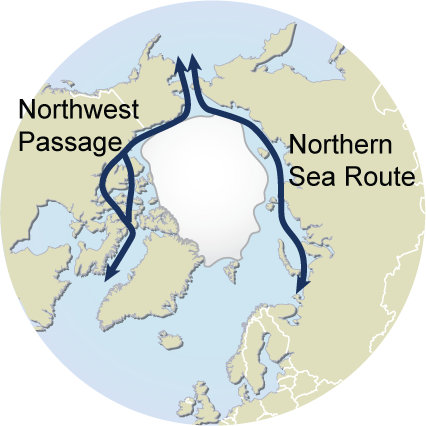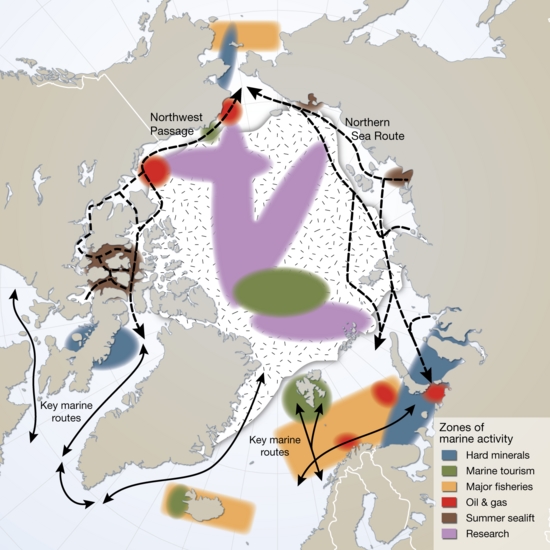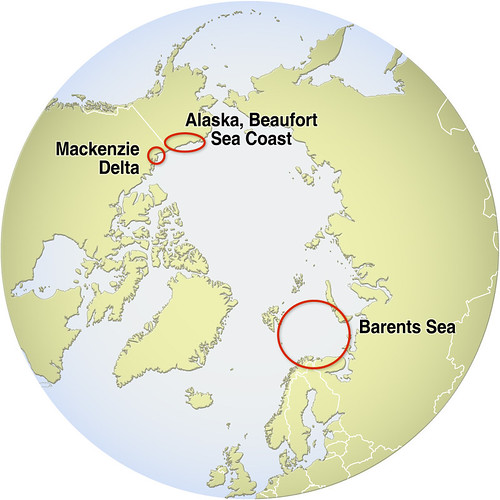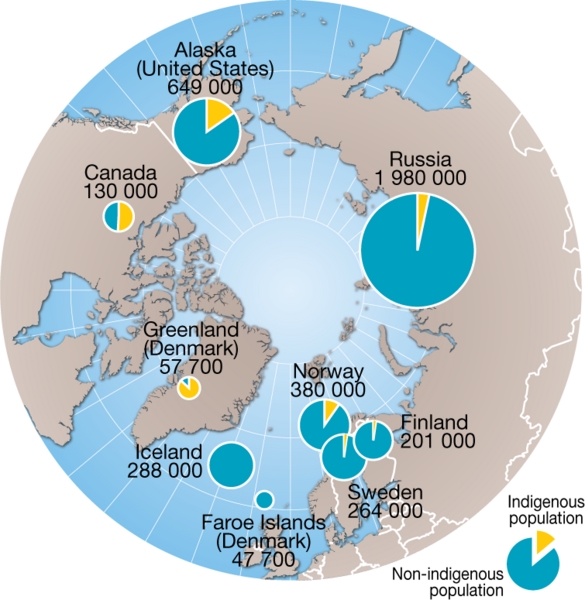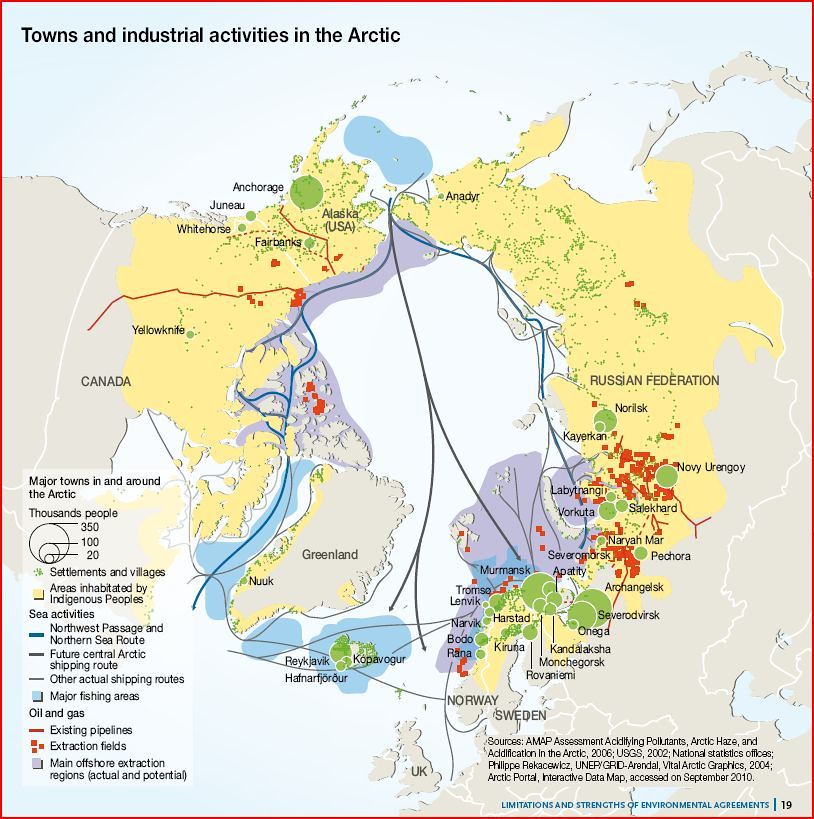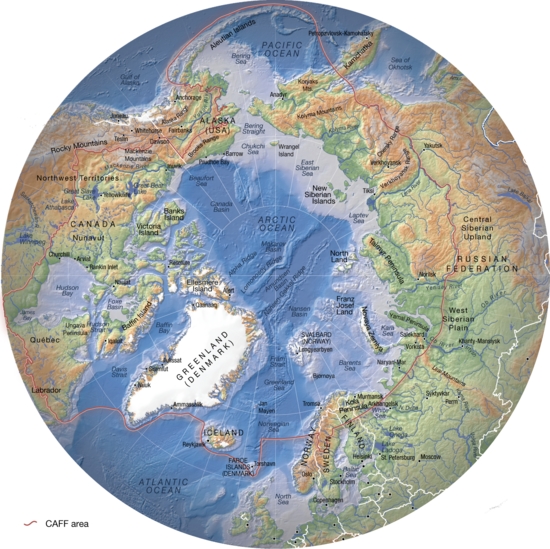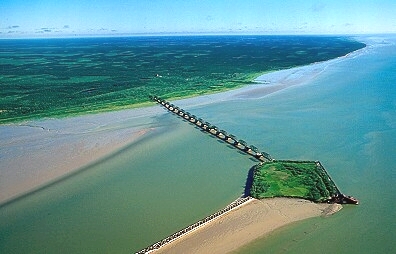Some cities in Argentina like Rosario (it had congress approval) or Paraná (it was a temporary capital) if they remained the capital, not at the same time of course.
Even Montevideo if remained a part of the confederacion instead of going independent (this would probably mean less populated Buenos Aires)
Even Montevideo if remained a part of the confederacion instead of going independent (this would probably mean less populated Buenos Aires)

